Some of the most fun and interesting games feature three factions. The number 3 is a magic number, allowing for interesting asymmetries. You often see factions that are unique, provide lots of gameplay variety, and are flavourful too. But how do you mechanically balance three radically different factions? And how do you come up with three thematically unique factions?
It’s not easy. With just two factions, balance is a lot easier, as you simply buff one and nerf the other, but with three (or more) factions, anything you do could inadvertently affect the balance with the third faction.
Duality
One common method is to take a classic duality, and have two factions represent each extreme, with the third, “balanced” faction in the middle. TVTrope’s article on the subject mentions the classic duality of powerhouse/subversive. So one faction is a powerhouse, favouring raw strength, the second is subversive, favouring clever tactics and engagements, and the third balanced between the two.
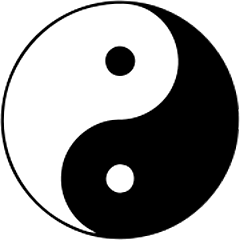
How does this work? The important thing is that there is no inherent advantage to either side of this duality. The powerhouse is powerful but slow and predictable; the subversive is weak but fast and flexible.
A great example of this is in Westwood’s Dune RTS games and the unique tanks of each faction. The “evil”, powerhouse Harkonnen have the Devastator, the most powerful in the game but slow and ponderous. The “insidious”, subversive Ordos have the deviator, a tank which has no attack but can temporarily take over enemy tanks. The “noble”, balanced Atreides have the sonic tank, which apart from having a unique attack, is otherwise equivalent to a heavy tank.
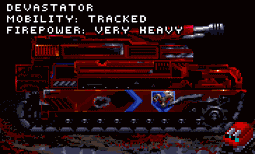 >
> 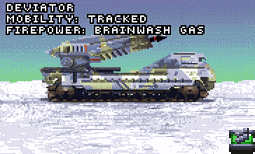 >
> 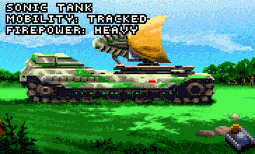
Read more
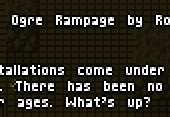

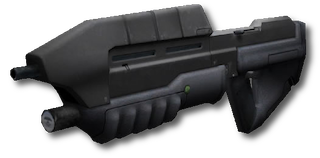
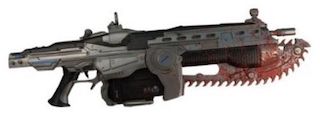
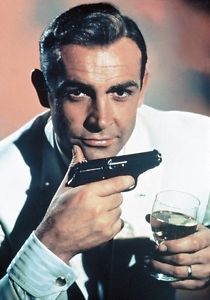
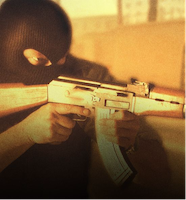
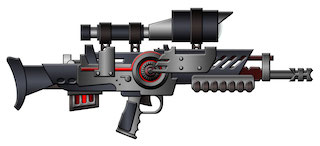
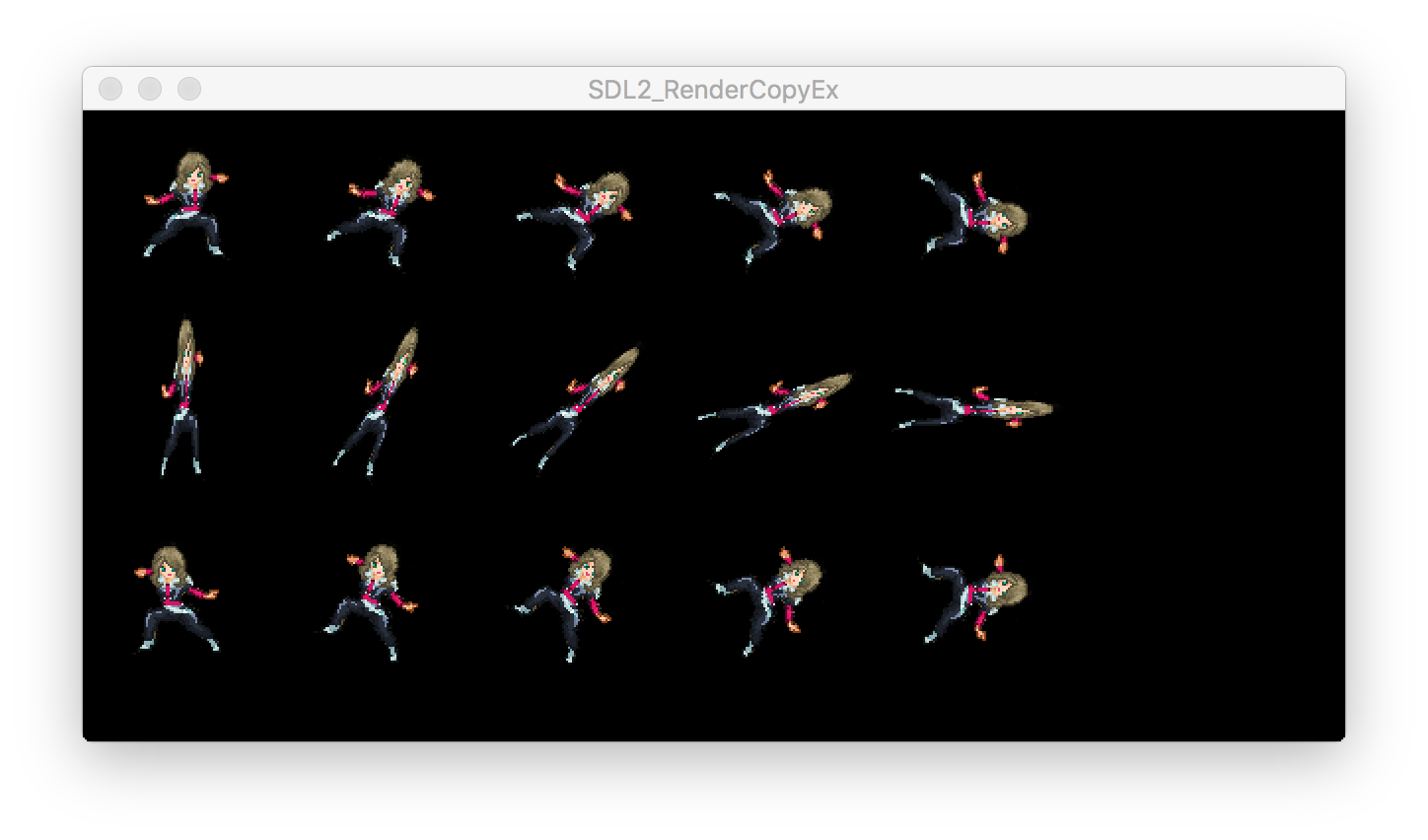

 >
>  >
> 